Roadblocks of Cloud Computing
Business owners are constantly looking for the next great technology that will help streamline solutions, improve workflow efficiency, and boost their ROI. Cloud computing has quickly become one of the most effective technologies in helping companies maximizing work output and cut costs. However, issues arise when businesses grow the scale of their operations when adopting cloud technology. This can become time consuming and costly without the right guidance.
While there is no shortage of benefits to adopting the cloud, a small typing mistake on a script can turn a well-oiled work environment into a financial black hole and logistical nightmare for enterprises. Failing to implement the adequate management tactics and quality control measures can lead to a number of issues. These include higher overhead, regulatory issues, and even security breaches.
Increasing operational efficiency, cutting costs, and enhancing security all start with the integration of a centralized governance. Without proper governance, you’re limited to run into cloud migration roadblocks that could eat at a company’s potential of moving forward.
Centralized Governance:
A major challenge for enterprises using cloud computing is managing all the cloud tasks and tools. The best solution is a centralized governance structure for switching workloads and handling all the moving parts. A recent cloud study found that the top cloud organizations are likely to utilize centralized governance to manage workflow, as doing so leads to faster decision-making and efficient day-to-day operations.
With a centralized governance, companies can debug solutions in real time without sacrificing the speed of their work output. This model helps organization make effective, efficient, and secure use of their IT resources. To create a centralized governance, businesses should develop guidelines that define the infrastructure for each application. This creates a consistent model that applies to the whole company.
This model will look at how to manage a business’s workload in every metric, including cost, performance, availability, security, and usage. The key is to create a set of parameters that avoids applications and their infrastructures from misfiring, going over-budget, or lacking the necessary security measures. Doing so will help in fixing these deviations in real time, keeping your operations balanced.
The utilization of resources in a centralized governance system can improve a cloud computing system’s cost, security, and usage across a number of applications, services, and products.
Cost Management:
Cloud adoption can be an expensive endeavor if it isn’t managed properly. Companies need to consider the use, performance, security, and availability of their products and services. Businesses can prevent unnecessary expenses by adding processes in their applications that maintain an efficient workflow without extra overhead costs. Operations often slow down when companies maximize the scale of their operation, making it harder to manage a secure and speedy infrastructure without spending more.
A centralized governance system can also help keep costs low by establishing optimal parameters and processes for a cloud infrastructure. Doing so will simplify operations, automate faster decision-making, and make sure that workers use their resources to focus on more creative endeavors that adds business value. Transparent communication between head and departments is also necessary for keeping track of costs month-to-month.
Meeting service level agreements (SLA) in the cloud is also critical to avoid regulatory problems. Enterprises can do so by appropriately allocating resources on the applications and solutions by measuring real-time performance. Using the right number of resources on the right application based on performance goes a long way in ensuring that a business’s finances line up with their volume and quality of work. Transparency is also crucial here as offering a comprehensive history of all transaction instances including resource utilizations metrics and SLAs, helping companies to make informed decisions on how to plan for future capacity needs.
Optimizing Security:
It’s no secret that one of the foundations of an effective cloud computing system is a well-ironed security system that considers every variable and alert before they even arrive. Understanding the widespread cloud security challenges and risks will keep a company’s servers secure. The best way to combat risks such as shadow IT, compliance issues, and improper encryption techniques is by understanding the risk they pose and how to shut them down before they hit an organization’s servers.
When hackers pose a real threat to cloud systems, most of the risks happen internally rather than from an external source. The best way to prevent these pitfalls is with an automated platform that runs policies to make sure security compliance.
Quality control is also critical for keeping your system up at a high level. Every organization deals with a different set of issues when integrating cloud computing, meaning there’s no one-size-fits-all solution to this quality control problem. All workloads should be tested, however, including those not connected to the internet. Internal threats also have to be assessed to determine whether or not extra security resources should be added.
Overcoming roadblocks and doing more in the cloud
Cloud computing needs different security infrastructure than traditional IT resources. It’s difficult to develop a cloud solution that meets regulations, works smoothly, and secures a company’s servers. Having the right tools and policies in place makes the process much efficient. A centralized governance system goes a long way in managing the quality of a cloud system addressing threats in real time.
A complete assessment of SLAs, security measures, and resource allocation will help you address any roadblocks that pop up in an effective and efficient manner, while also minimizing unnecessary overhead costs and optimizing work output.
Clarity is proud to have been providing Cloud Security Services to the America’s and the world since 2006. Our clients are worldwide and currently using our unified communications platform. Clarity Technologies Group, LLC surpasses expectations.


Call Clarity at 800-354-4160 today or email us at [email protected]. We are partnered internationally around the globe and we are open seven days a week 8:30 AM to 5:00 PM EST/EDT. http://45.33.92.219 and https://dotmantech.com.
[mc4wp_form id=”314″]


